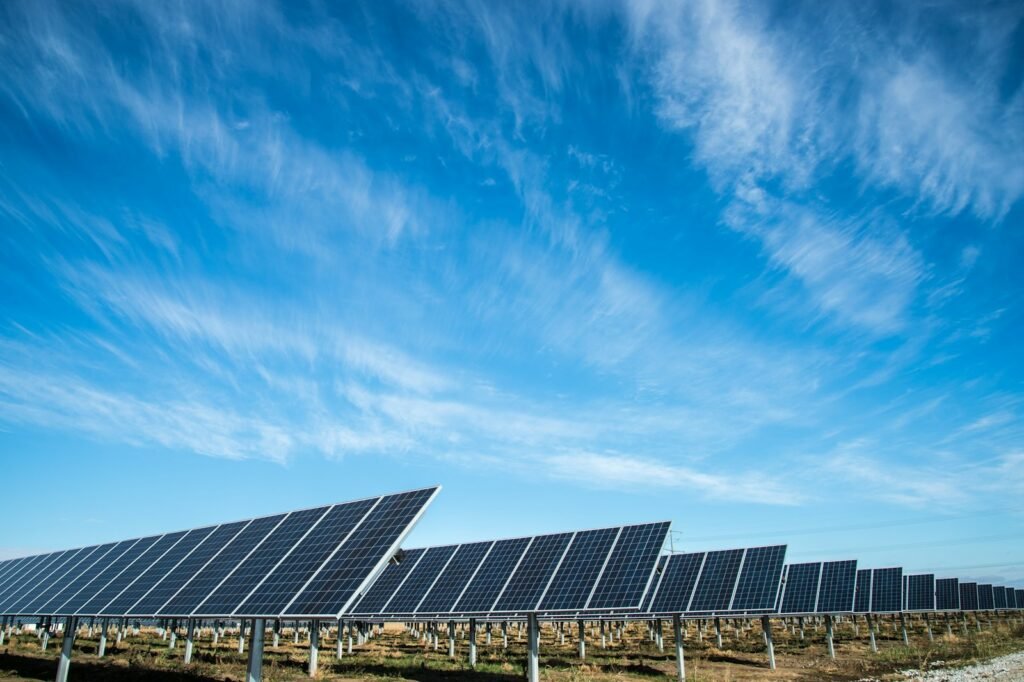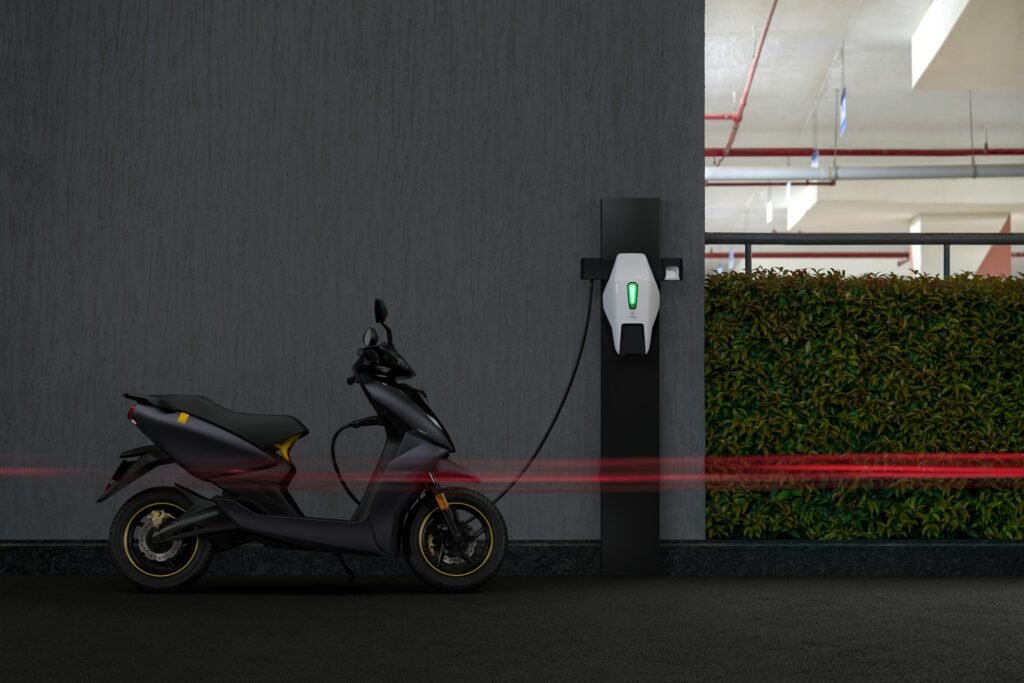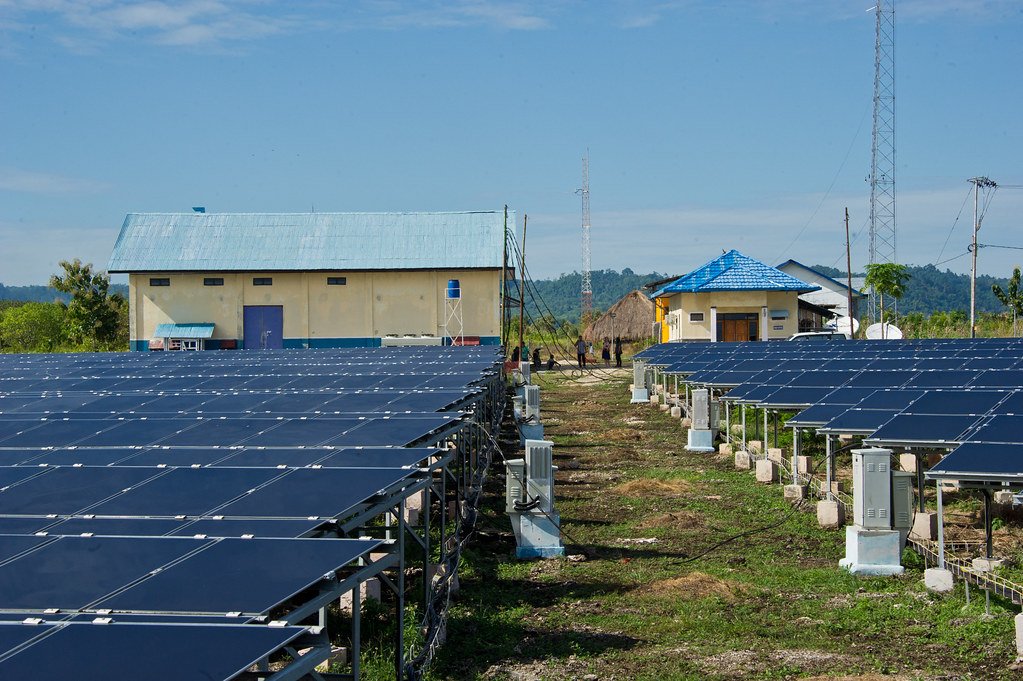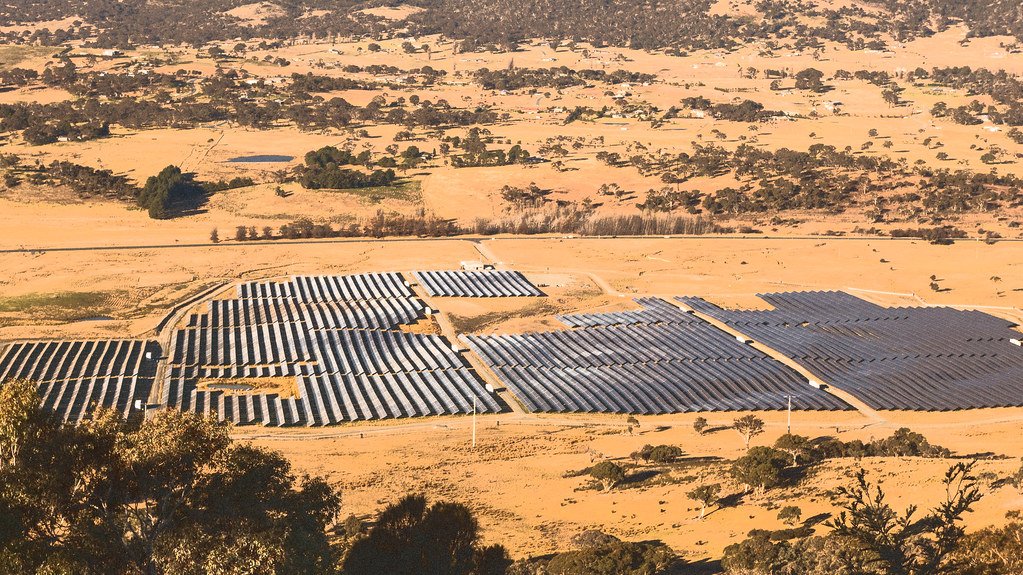In recent years, the capital city of Australia, Canberra, has emerged as a beacon of innovation and commitment when it comes to renewable energy adoption. As the world grapples with the urgent need to combat climate change, Canberra’s progressive approach provides a compelling model that demonstrates effective climate action. This article explores how Canberra is setting the pace for renewable energy initiatives in Australia and highlights the strategies contributing to its success.
Canberra’s Ambitious Energy Goals

The cornerstone of Canberra’s success in renewable energy adoption is its ambitious goals. The Australian Capital Territory (ACT) Government set a target of achieving 100% renewable electricity by 2020, a milestone that was successfully achieved ahead of schedule. Such forward-thinking objectives not only reflect Canberra’s commitment to sustainability but also set the city apart as a leader in environmental responsibility.
Investment in Solar Energy

One of the primary drivers of Canberra’s renewable energy success has been its significant investment in solar energy. The region has capitalized on its favorable climate conditions by investing heavily in solar farms and rooftop solar panels. These initiatives have played a crucial role in powering the city with clean energy and reducing its carbon footprint.
Wind Power Initiatives

A key aspect of Canberra’s renewable energy strategy is the integration of wind power. The ACT Government has supported the development of wind farms both within and outside the region. By entering into contracts with major wind farms, Canberra has secured long-term, sustainable energy supplies that complement its solar energy capabilities.
Community Engagement and Support

Crucial to Canberra’s renewable energy accomplishments is the support and engagement of its community. The government has actively encouraged public participation through various programs, such as incentives for home solar installations and educational campaigns to bolster public understanding and support for renewable energy initiatives.
Innovative Policy Measures

Canberra’s government has implemented a range of innovative policy measures to facilitate the transition to renewable energy. The Feed-in Tariff scheme, for instance, has incentivized both individuals and businesses to invest in renewable energy technologies, thereby fostering a culture of sustainability and innovation.
Partnerships with Renewable Energy Companies

Collaborating with renewable energy companies has been a strategic move for Canberra. These partnerships have allowed Canberra to access cutting-edge technology and expertise, further solidifying its position as a leader in the renewable energy sector. Such collaborations ensure that the city can continue to innovate and improve its energy systems.
Role of Research Institutions

Another significant factor in Canberra’s renewable energy leadership is the involvement of research institutions. Educational and research institutions in the ACT, such as the Australian National University, have been instrumental in researching and developing new technologies, providing a foundation for ongoing advancements in the field.
Smart Grid Implementation

The implementation of smart grid technology is another pioneering step taken by Canberra. Smart grids enable more efficient distribution and use of electricity, enhancing the reliability and sustainability of the city’s energy systems. This innovation has been key in ensuring the stability of Canberra’s renewable energy supply.
Electric Vehicle Adoption

Canberra is also at the forefront of promoting electric vehicle (EV) adoption as part of its broader renewable energy strategy. By investing in EV infrastructure and offering incentives for EV purchases, Canberra is reducing reliance on fossil fuels for transportation, further contributing to cleaner air and reduced greenhouse gas emissions.
Economic and Job Growth

The shift to renewable energy has brought significant economic benefits to Canberra. The development and maintenance of renewable energy infrastructure have created jobs and stimulated economic growth, demonstrating that sustainability can go hand-in-hand with economic prosperity.
A Model for Other Regions

Canberra’s success story serves as an inspiring model for other regions looking to transition to renewable energy. By showcasing that ambitious targets are achievable with the right mix of policy, community engagement, and investment, Canberra offers valuable lessons for cities around the world facing similar challenges.
Conclusion

Canberra’s journey to becoming a leader in renewable energy adoption underscores the power of strategic planning, community engagement, and innovation. By harnessing its natural resources, investing in technology, and fostering collaborative partnerships, Canberra not only meets its energy needs sustainably but also sets a precedent for others to follow. As the world continues to seek solutions to the pressing issue of climate change, Canberra’s achievements serve as a shining example of what is possible when a city commits wholeheartedly to a sustainable future.




